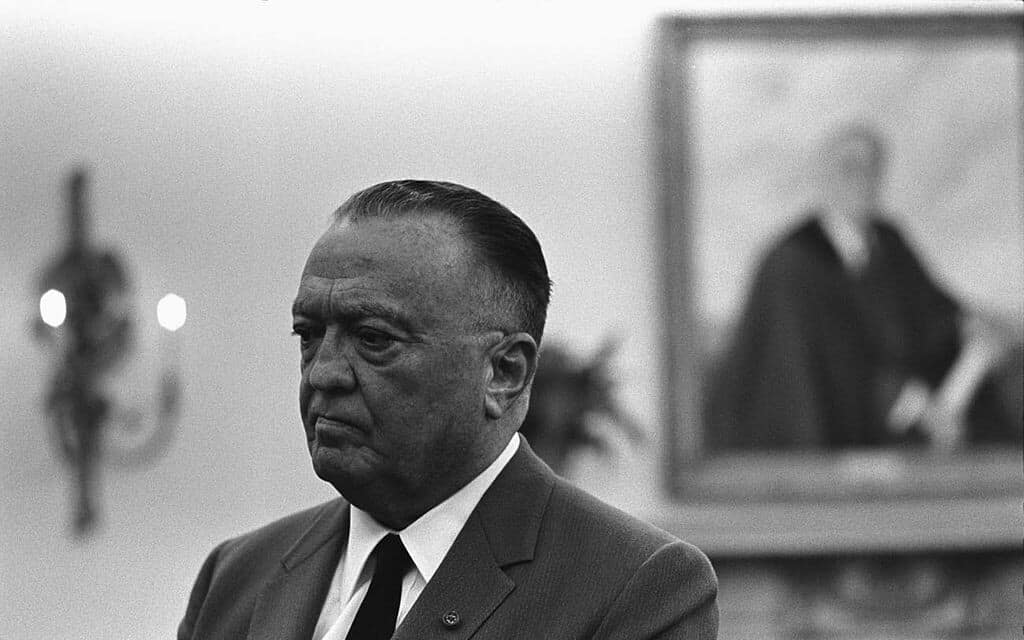The size and scope of the files kept by the Federal Bureau of Investigation is of no surprise to anyone anymore. Nor are the details, for the most part, contained in the files the bureau built and maintains. Information obtained by the bureau, on anything and anyone, is carefully filed. If it is deemed to be trivial, or incidental, or of little value, it is so noted, but the file is kept anyway. Requests for files under the Freedom of Information Act (FOIA) often encounter lengthy delays in being granted. The delays occur for several bureaucratic reasons, but also because information linking the file to other files often requires careful redaction. Sometimes files released by the bureau contain so many blacked phrases, names, addresses, and other information as to be virtually unreadable.

Due to their nature, the FBI files offer a scandalmonger’s dream, a conspiracy theorist’s gold mine. The sheer breadth of the topics investigated and documented by the FBI ensures they contain many files of a somewhat bizarre nature. So many of these exist the bureau has classified them in a category in their files (and on their website) of Unexplained Phenomenon. Other categories include Popular Culture, Anti-War, World War II, and many others. In the Unexplained Phenomenon files one finds investigations into UFO incidents, ESP experiments, activities and unexplained events at Roswell, animal mutilations, and many others. Project Blue Book, originally an Air Force investigation in the 1950s and 1960s, has its own category of files, though it is on a later organization which usurped the Air Force name in the 1980s. Here is some of what is found in the FBI’s Unexplained Phenomenon files.

1. Animal mutilations raised fears of aliens and cults in the Midwest during the 1970s
In the mid-1970s, ranchers across several Midwestern and Western states reported the discovery of mutilated cattle and other livestock to local authorities. The animals were found dead, with portions of their anatomy removed with near-surgical precision. Ears and tongues were missing, as were, in the case of cattle, genitalia and udders. Over 40 such cases presented themselves in Kansas alone during the year 1973, most of them along the same highway, US 81. Other than the dead and mutilated animal little evidence appeared to inform the authorities of what had occurred. Rumors and animated discussions among the locals included speculation over Satanic rituals, alien experimentation, celebrations of witchcraft, and other like possibilities. Kansas was far from the only state affected, reports of similar discoveries came from Wyoming, Nebraska, and other states.
Ranchers and dairy farmers appealed to the local authorities, county sheriffs, state police agencies, and in some cases even private investigators. None were able to explain the loss of the animals. Whispers of a Satanic cult terrorizing the small communities along US 81 grew into a phenomenon of its own. Believers in alien visitors to Earth explained the mutilations as being the remains of research visits to the planet. Local authorities believed the missing parts of the dead animals had been removed using sharp implements of surgical quality. A possible explanation for the mutilations eluded them. By the middle of the decade, the number of mutilated animals and the helplessness of the authorities led some ranchers to contact the FBI, asking for assistance. They were supported in their requests by local authorities and congressmen. The FBI lacked jurisdiction to formally investigate the matter. It did, however, open a file on the case.

